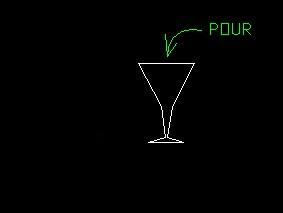Time to resurrect another old thread. I started this thread with the hope of learning how to measure my airflow through the cowl so I could see if there was a problem, thus fixing it to lower my oil and CHT temps.
After following Bob's thread on modifying the exit, I read a post somewhere in there from an Aeronautical Engineer saying that adding the curved exit at the bottom of the firewall is the biggest thing you can do to improve cooling. Well, why didn't I notice before that Dan and some of the other guys have done this? No clue...but I decided to follow suit and see what happened. So after finishing my condition inspection last weekend, I added one (see pic below).
Had the chance to test fly today, but the OAT only got up to 60 (F). It appears (I'm still holding out final judgement for more testing) that both my oil and CHT temps have dropped. I'm going off of memory with Oil temps, but I'm pretty sure with today's OAT, my oil reading should've hit the mid 190's...maybe even 200. After 30 minutes I started some maneuving flight and it didn't go higher than 187...it actually sat in the low 180's most of the rest of the flight.
My CHT's appeared to be lower as well...They never went past the mid 350's, and in the past they would've been closer to 390.
Again, this needs more testing, but I'm optimistic. Last year when I brought this up, I only wanted to knock 10 degrees off my oil temps. Looks like this may have done that, and then some.
I'll report back later after more testing. Tomorrow is supposed to be hotter, so maybe then...
[/URL][/IMG]
This picture was before the addition of lots of high-temp RTV and aluminum tape to fill the gaps.











